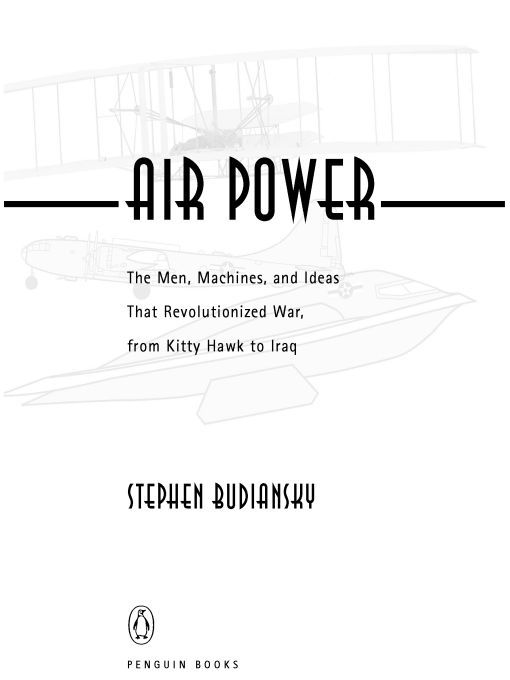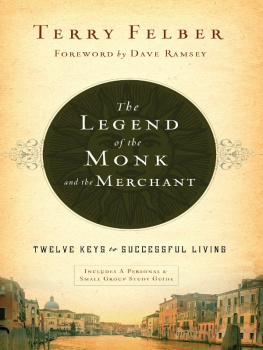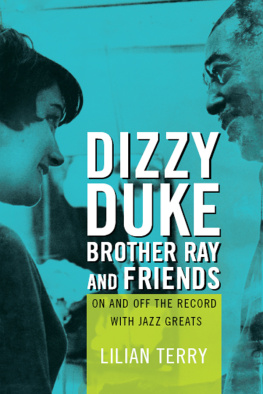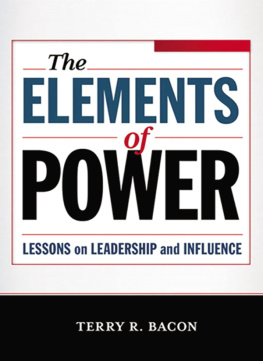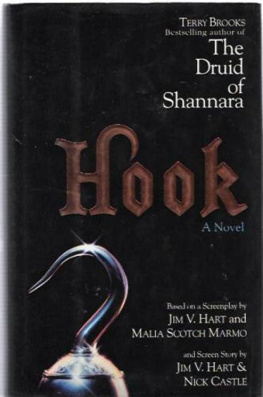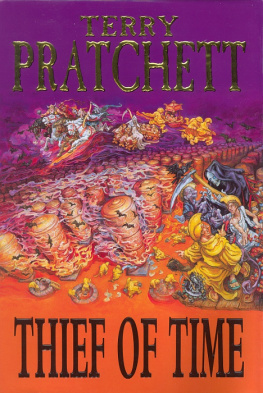Table of Contents
PENGUIN BOOKS
AIR POWER
Stephen Budiansky is the author of Battle of Wits: The Complete Story of Codebreaking in World War II. He is a former national security correspondent and foreign editor of the weekly news-magazine U.S. News & World Report and has worked on classified studies of smart-weapons technology for the U.S. Congress. Budianskys articles frequently appear in The Atlantic Monthly, The New York Times, and The Washington Post.
To Bill Cook
AUTHORS NOTE
A writer contemplating a subject as full of dramatic action, flamboyant personalities, hallowed institutions, and brilliant inventions as this one faces a temptation he must bravely resist. My aim from the start was to tell the story of air power of the revolutionary transformations that the airplane has brought to the conduct, consequences, and meaning of war in the hundred years since its invention. It is a story that brings together some of the greatest events and greatest minds of that century, and one of the fascinations in researching this subject has been tracing the intriguing and often unexpected interactions among personalities, institutions, and technology that conspired to foment this revolution in the way wars are fought and won, and indeed in the way we have come to think about war itself.
But telling the story of air power is not the same as offering up a complete history of aerial combat or a definitive account of the men, the institutions, or the machines that have waged war in the air. As I soon discovered, the only way I could stick to my chosen path was if I was prepared to be quite ruthless. There is, accordingly, much that is justifiably famous in the history of military aviation that I simply had to abandon by the wayside if I was to have a prayer of getting where I was going.
To those who would condemn me for failing to mention this famous airplane or that decisive battle, this legendary squadron or that heroic flyer, I plead completely guilty, and only hope that I may seek mitigation on the grounds that my intent has been to follow my tale where it led me and not (as so much military history so often does) to provide an exhaustive cataloging of all who undoubtedly deserve credit. I would also appeal to the wisdom of the French saying that Winston Churchill always said was his favorite: Lart dtre ennuyeux, cest de tout direThe art of being boring is to tell all.
I am deeply indebted to the great scholars of air power and aviation history without whose works I could never have found my bearings in this vast field. Many were also extraordinarily generous in their personal assistance to me: answering questions, suggesting sources, and offering much-appreciated critiques of portions of this work. I would like to thank in particular James S. Corum, professor of comparative military studies at the School of Advanced Air and Space Studies, Maxwell Air Force Base; Richard P. Hallion, the former United States Air Force Historian; Herman Wolk, Roger Miller, and Wayne Thompson of the U.S. Air Force History Support Office; and John D. Anderson, Jr., professor of aerospace engineering at the University of Maryland. If I have managed to get above the trees and see the forest at all, it is because of the trails these and many other scholars of air power and aeronautical history have blazed to the vistas.
In recounting specific incidents and details that illustrate and substantiate this story, I have, whenever possible, tried to consult original sources, including memoirs and personal letters; official publications, reports, and memoranda; and contemporaneous views as expressed in newspapers, films, and other popular media. I am grateful to the archivists and staffs of the United Kingdom Public Record Office, the Library of Congress Manuscript Division, the U.S. National Archives and Records Administration, the Imperial War Museum, the Royal Air Force Museum, the German Bundesarchiv-Militrarchiv, and the U.S. Air Force History Support Office for their kind assistance.
My sincere thanks also go to Ralph Erskine, whose broad knowledge of military and naval history, not to mention his exceptional critical eye, generosity, and sound judgment, has made me just one of the many writers who are in his debt; Bill Cook, for valuable discussions and advice; Will ONeil, Chief Scientist, Center for Naval Analyses, for valuable suggestions and for providing many copies of articles from his remarkable personal aviation library; Jean Roberts, for sharing original research and copies of documents on the life of S. F. Cody; David Mets and Sy Deitchman, for insights into the history of precision guided weapons; Ephraim Asculai, for helpful comments on early drafts; Maj. John Beaulieu, Office of the U.S. Air Force Historian, for kind assistance on many fronts; Yvonne Kinkaid, U.S. Air Force History Support Office, for helping me obtain copies of documents and answers to questions; Joseph Chambers and Bruce Holmes of NASA Langley Research Center and James Fallows of The Atlantic Monthly, for explaining principles of aerodynamics and flight; and Maj. Gen. Charles Metcalf, Ret., and Ron Hunt of the U.S. Air Force Museum, for allowing me an inside look at aircraft in the museums collections. I also would like to give my special thanks to Peter and Celia David, whose kind hospitality made my research trips to London so pleasant and memorable.
I thank James Corum for lending the photographs from his extensive collection that appear here. The aircraft profile drawings were done by graphic artist Dave Merrill.
PART ONE
KITTY HAWK TO SAINT-MIHIEL, 1900-1918
VISIONS
It was an age of miracles.
The year 1900 began with an excited rush of newspaper articles, sermons, and speeches marveling over the transformations that had taken place in the century just past. The nineteenth century, editorialized the New York Times, has been marked by greater progress in all that pertains to the material well-being and enlightenment of mankind than all the previous history of the race. In every department of science and intellectual activity, agreed the Washington Post, we have gone beyond the wildest dreams of 1800.
People were not merely living in a miraculous age; they were keenly aware of living in a miraculous age, one in which there seemed no limit to what human ingenuity might do. Inventions were not merely providing new material comforts and easing burdens; they were breaking down the very certainties of centuries.
Change had come at a mind-spinning pace. The historian Mark Sullivan, born in 1874, wrote that as a boy he had carried a lantern of a model as old, at least, as Shakespeare, a cylinder of tin with little jagged holes punched through it. Candles and candle molds were common household articles. Half of Americans still were farmers, and they still used tools that a farmer from a thousand years before would have had no trouble recognizing. Grain was mowed with handheld scythes and threshed on a barn floor using a flail made of two sticks joined together with a leather thong. As late as the 1880s, Sullivan recalled, a farmer who wanted a barn went out to the woods with an axe, chopped down oaks, trimmed them, and got his neighbors together for a barn raising. The blacksmiths shop and the gristmill were still fixtures of every rural hamlet, plying trades unaltered in their essentials since the Middle Ages.

